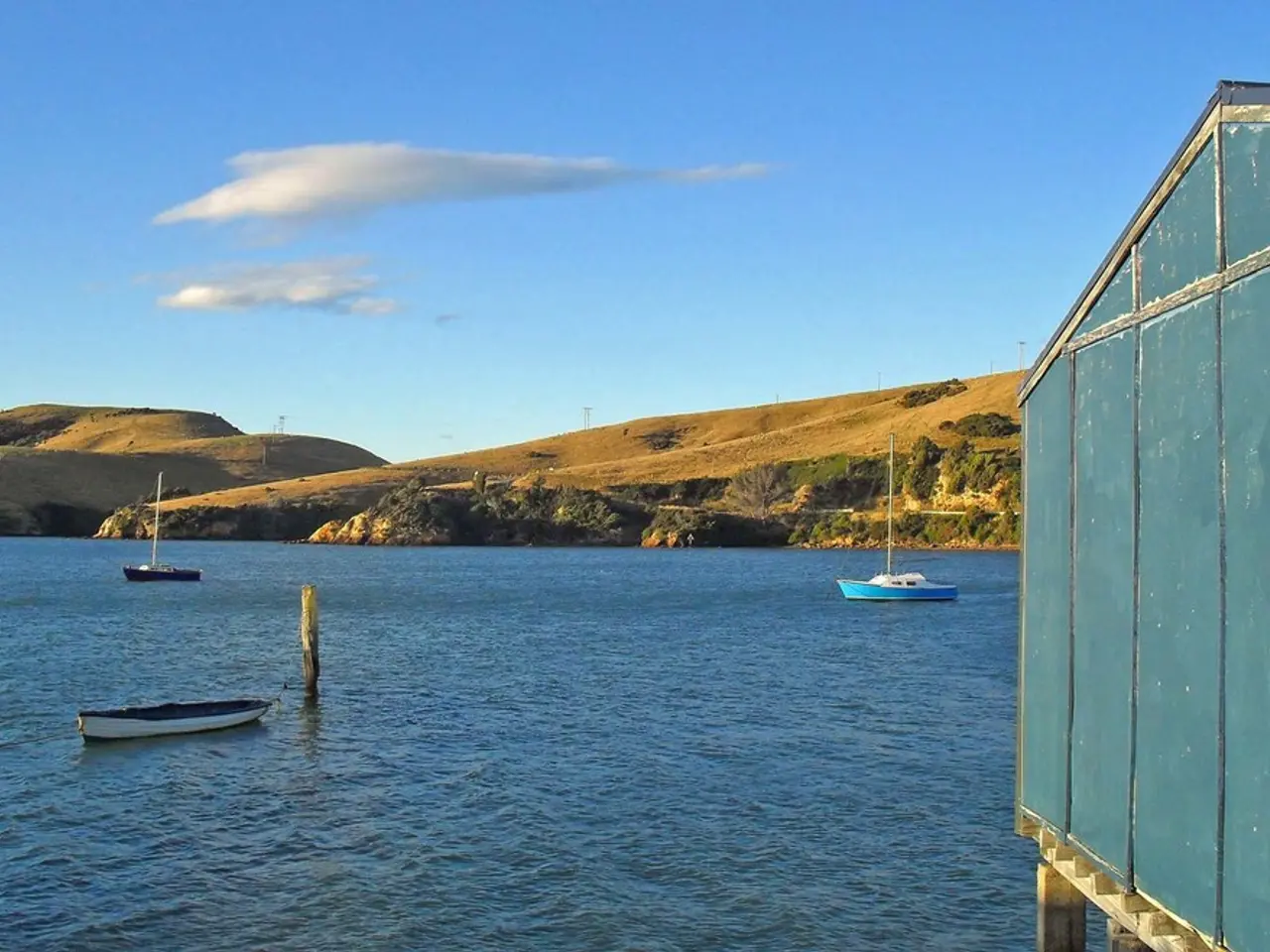Wind energy being trial-tested in Ireland through the use of kites
Giant Kite Systems Revolutionize Wind Energy
In a significant shift towards renewable energy, giant kite-based wind energy systems, also known as Airborne Wind Energy (AWE) systems, are emerging as a promising alternative to traditional wind turbines. These innovative systems, currently under development by companies like the Dutch firm Kitepower, harness high-altitude winds for electricity generation, making them suitable for remote, offshore, or mobile applications.
Kitepower's Innovative Approach
Kitepower's kite system, tested near the small town of Bangor Erris, Ireland, features a 60 square meter kite attached to a generator by a cable tether. The kite autonomously flies figure-eight patterns at altitudes of up to 400 meters, generating about 30 kilowatts per hour. This is enough to power remote outposts, small islands, polar stations, or construction sites.
The system's swift start-up capability allows for setup in as little as 24 hours, and its mobility requires no expensive turbine foundations, making it easily movable. During Storm Eowyn, the kite system provided uninterrupted electricity before, during, and after the storm, demonstrating its resilience and reliability.
Potential Advantages
Airborne wind energy systems tap into higher altitude winds that are stronger and more reliable than near-surface winds accessible by fixed turbines, leading to higher capacity factors and more consistent energy generation. Their portability and rapid deployment suit remote or hard-to-access sites lacking infrastructure, such as mobile construction sites, isolated communities, or offshore platforms.
Compared to large turbine towers, the system's reduced environmental and visual impacts make it an attractive option for locations where minimizing impact is crucial.
Challenges and Outlook
While these systems show great promise, they are still in the early stages of commercial development. The technology currently produces tens of kilowatts per kite, while traditional turbines produce megawatt-scale output. Scaling to utility-scale power will require more kites or larger sails and improved control systems.
Regulatory, safety, and system reliability issues need resolution for widespread adoption, especially since airborne systems introduce new airspace management considerations and operational risks. Experts anticipate that by the 2030s, airborne wind energy could meaningfully contribute to diversified, flexible, and distributed renewable energy networks, complementing traditional wind turbines and solar power.
Ireland's Renewable Energy Ambitions
The Irish government has set ambitious targets for offshore wind energy, aiming to deliver 20 gigawatts of offshore wind energy by 2040 and at least 37 gigawatts by 2050. With the electricity generated by the kite system stored in batteries similar to solar photovoltaic systems, these innovative technologies could play a significant role in Ireland's renewable energy future.
- The technological advancements in Kitepower's environmental-science innovation employ both science and technology, as the kite system harnesses high-altitude winds for electricity generation using a generator connected by a cable tether.
- In the future, as the challenges facing Airborne Wind Energy (AWE) systems, such as regulatory, safety, and system reliability issues, are resolved, technology in this field may contribute significantly to Ireland's renewable energy objectives and serve as a useful addition to traditional wind turbines and solar power in diversified, flexible, and distributed renewable energy networks.




